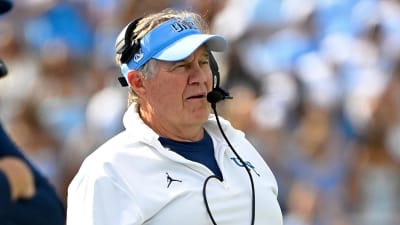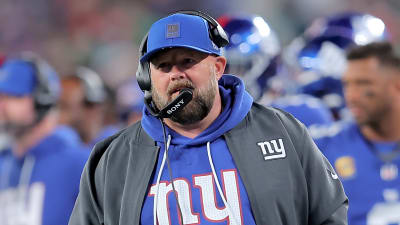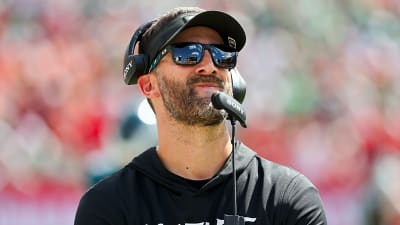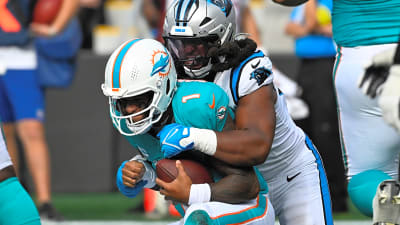
NASCAR President recently confirmed that the Next Gen car’s horsepower will climb to 750 for the 2026 season and beyond. The boost, however, applies only to short tracks and road courses, a move that makes sense on paper but leaves larger tracks stuck in neutral, with little promise of improved racing. Still, Chase Briscoe welcomes the tweak, eager to see what even a modest power bump might bring to the table.
Speaking to SpeedFreaks, the No. 19 Joe Gibbs Racing driver called it a step in the right direction. “I think it’s definitely a great decision. More power is just going to make the tires wear out quicker and all those things. So it’ll definitely put a little bit more back in the driver’s hands. It’ll be interesting to see what 750 feels like versus 670, 680, whatever we’re at now. I’m sure there’ll be a little bit of a difference, but I don’t know because I haven’t ran it yet.”
He added, “So yeah, it’ll definitely be interesting. I’m definitely looking forward to doing it at some of these really wore out racetracks, like in Iowa. I saw Darlington was even on the list, which that’s exciting… It’ll be fun just to kind of get out there. It’ll really kind of reset the field, I think, a little bit… I think just having something new will certainly make it where it’s a little bit of a question mark for all the teams, and it’ll kind of re-flip the field, I think, for a little bit.”
A little @SpeedFreaks sneak peak … @ChaseBriscoe on MORE HORSEPOWER coming to the #NASCAR Cup Series in 2026 pic.twitter.com/MEJMkjzqZN
— Cole Cusumano (@Cole_Cusumano_) October 9, 2025
The adjustment translates to roughly a 12% horsepower increase, just enough to turn a few heads, though perhaps not sufficient to make a world of difference behind the wheel. Still, it could breathe new life into short-track racing, which has struggled to deliver edge-of-the-seat action in recent years.
According to Steve O’Donnell, pushing the number to 800 or 1000 horsepower would have come at a staggering cost, up to $50 million across the industry. Moreover, all current OEMs, along with potential new entrants like Dodge and Honda, wanted a stable, sustainable platform that NASCAR could stick with for years to come, so they had to settle for 750.
More must-reads:
- NASCAR team surprisingly parts ways with driver late in 2025 season
- Denny Hamlin wins NASCAR playoff race at Las Vegas, secures Championship 4 berth
- The 'NFL 250-passing-yard game leaders' quiz
Breaking News
Trending News
Customize Your Newsletter
 +
+
Get the latest news and rumors, customized to your favorite sports and teams. Emailed daily. Always free!








